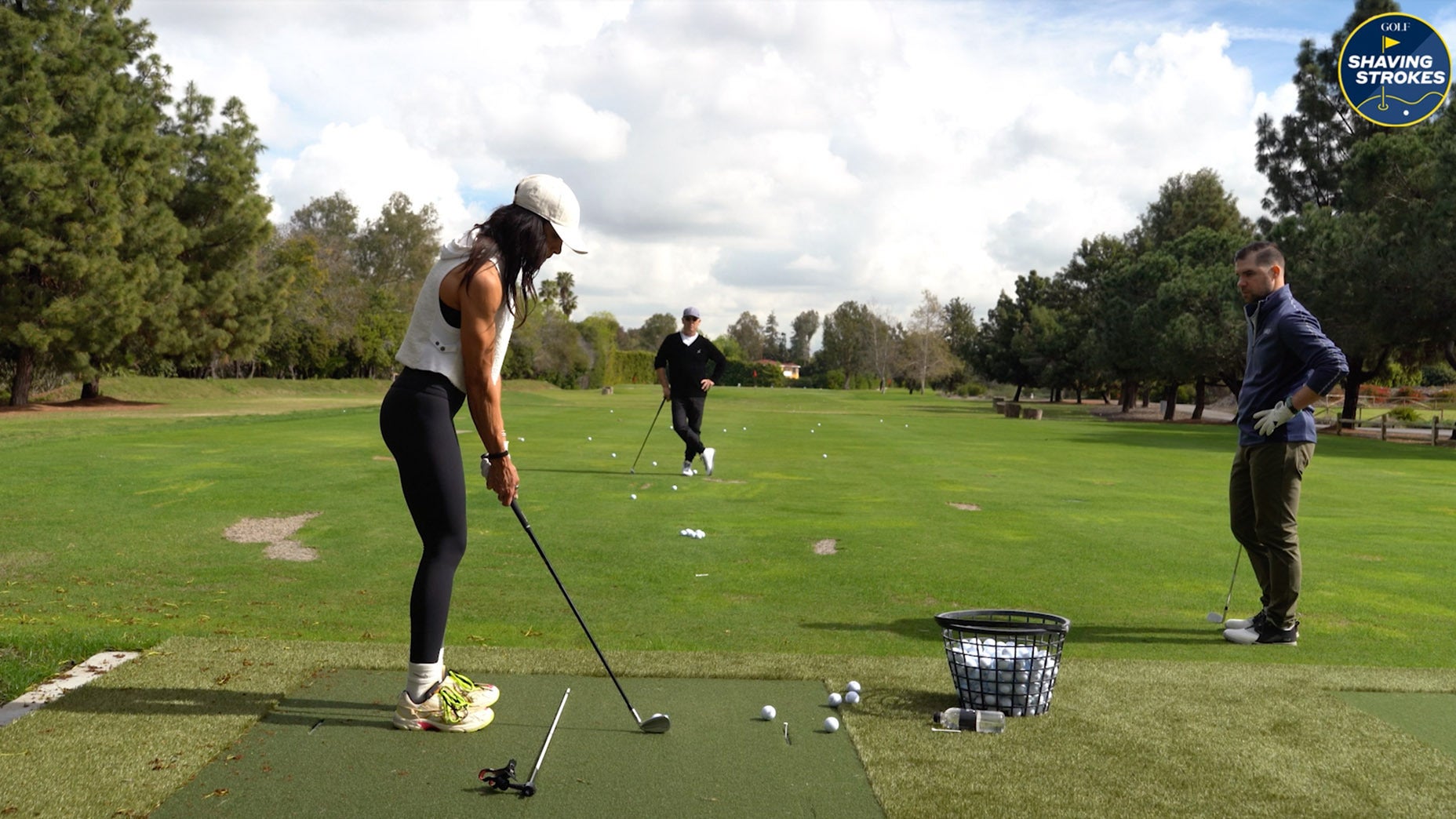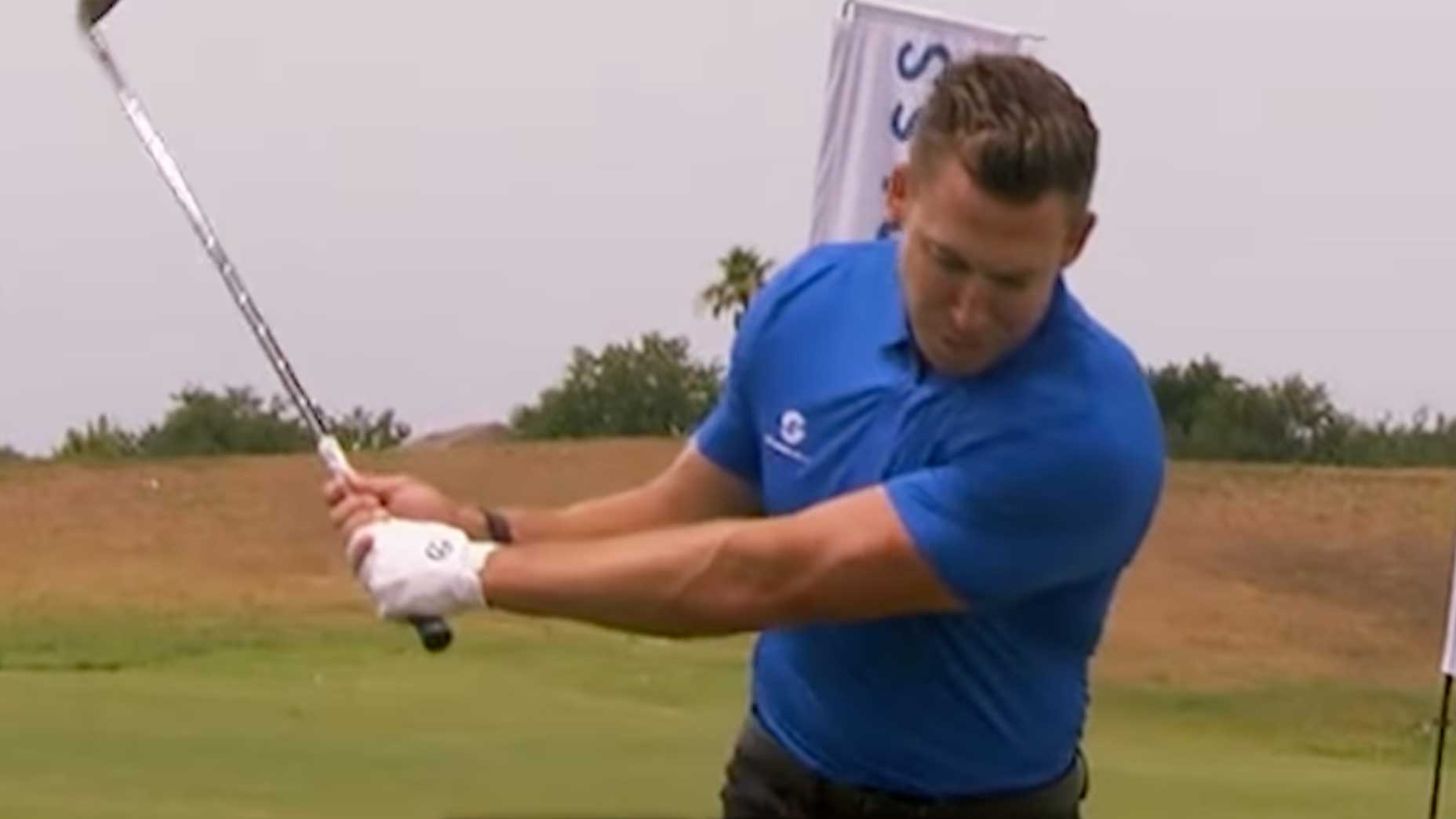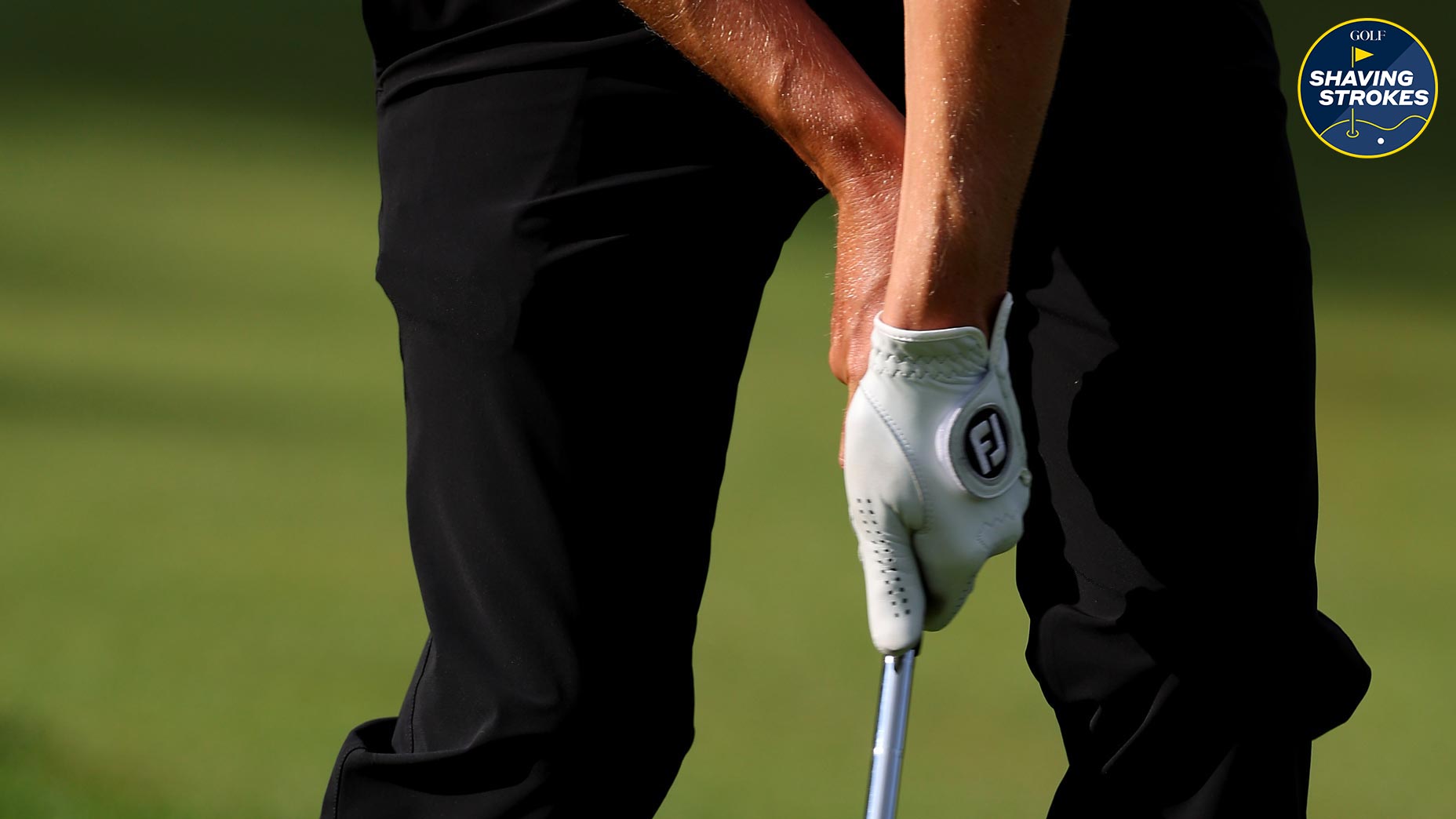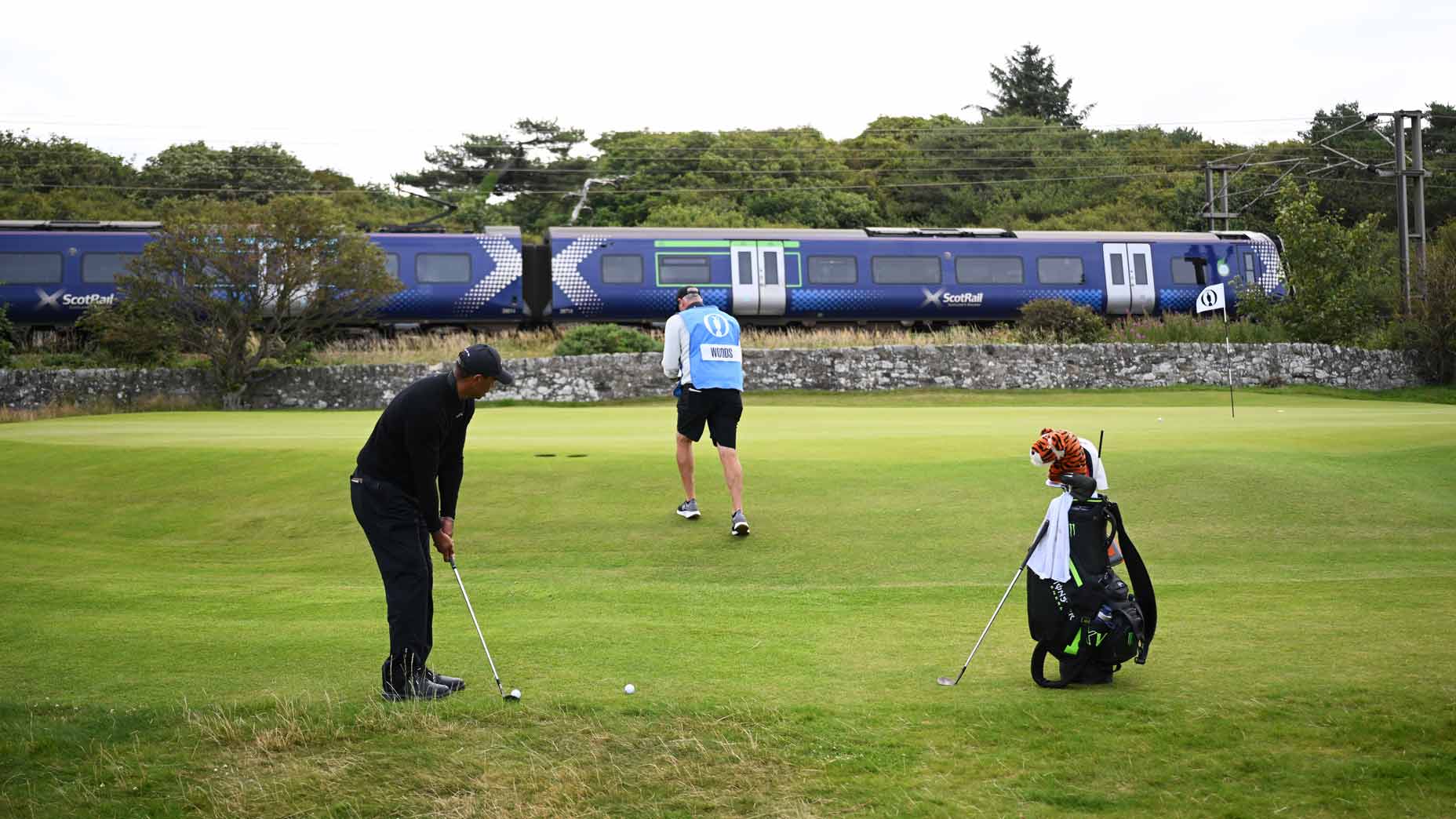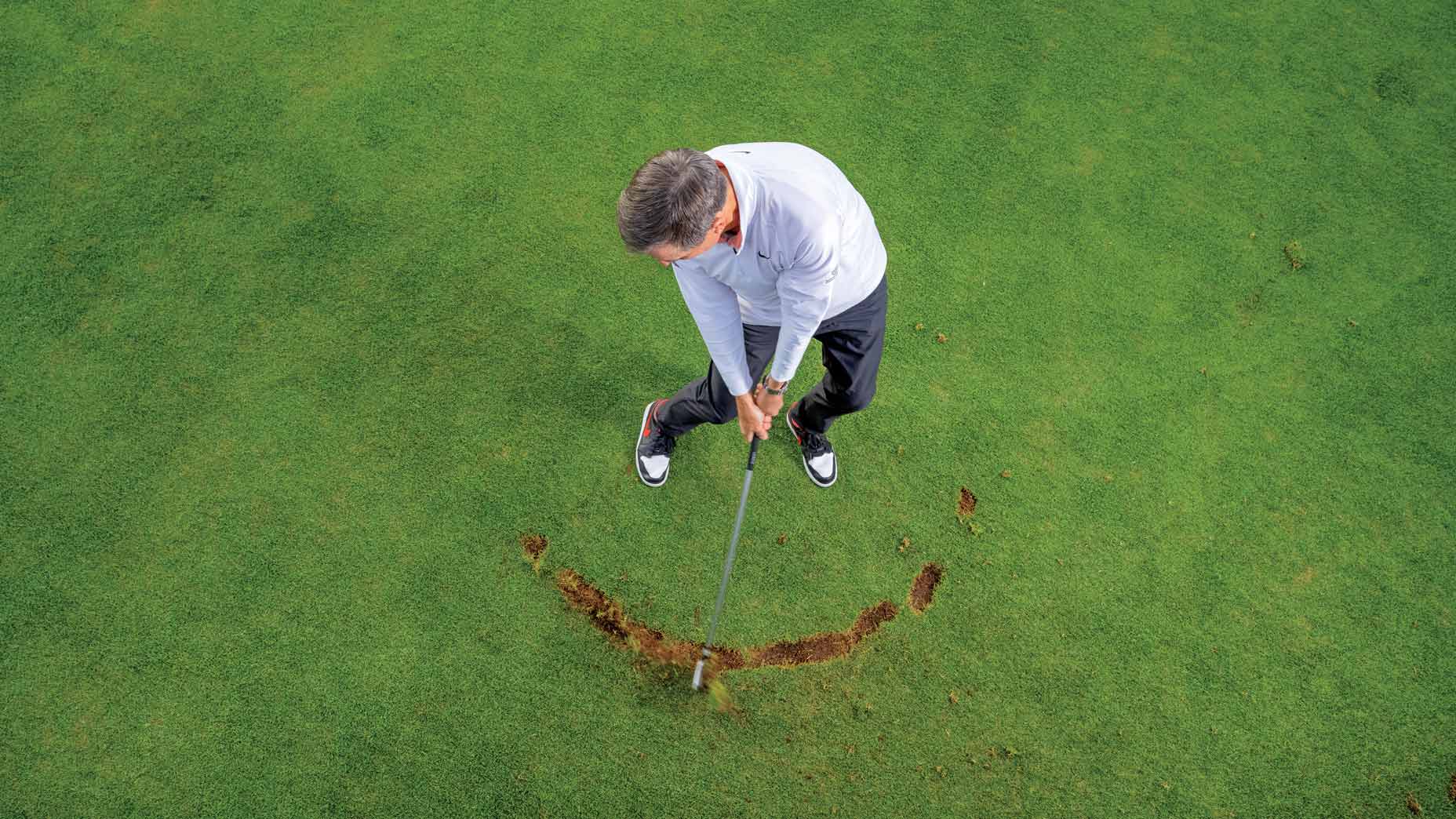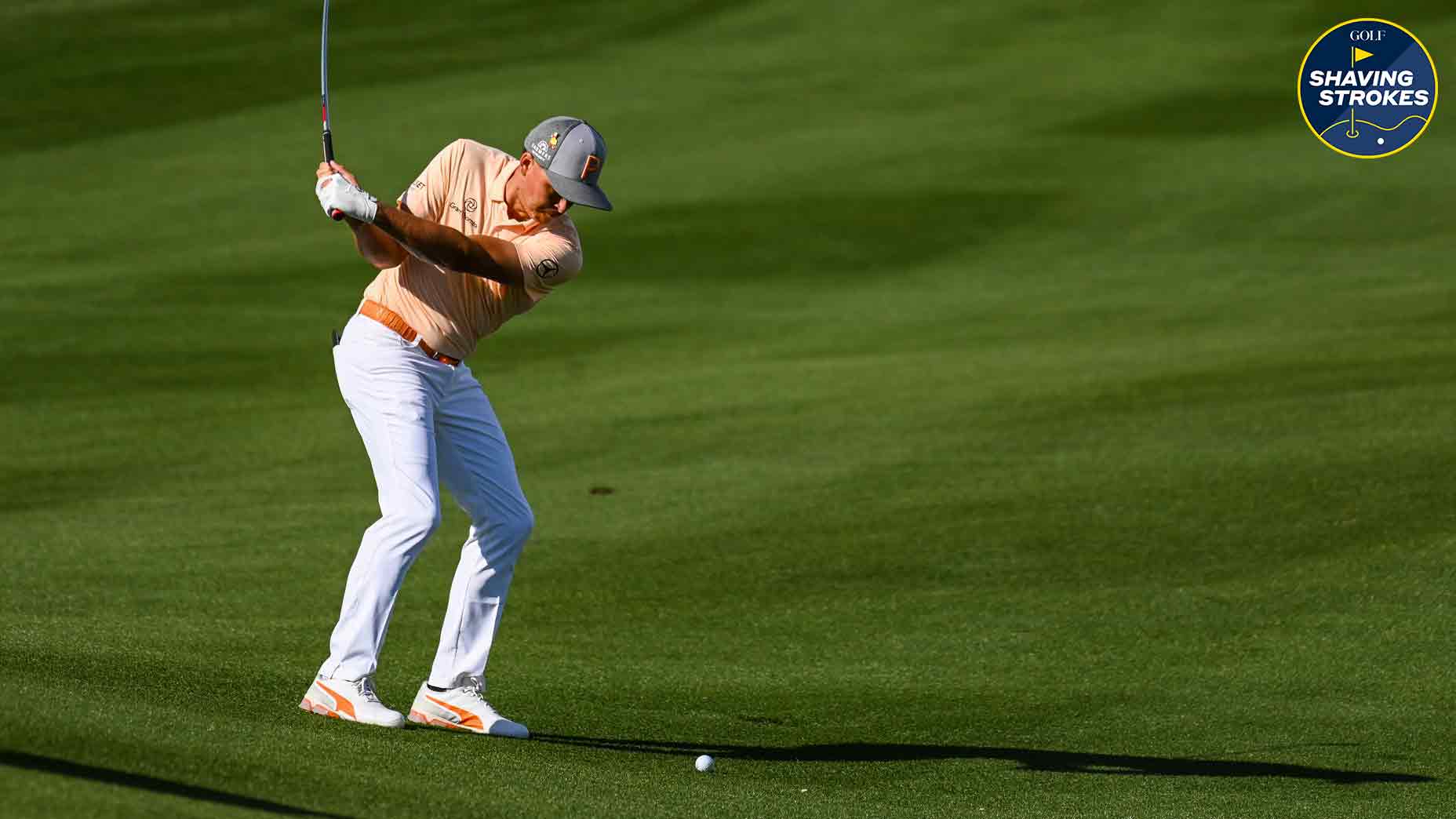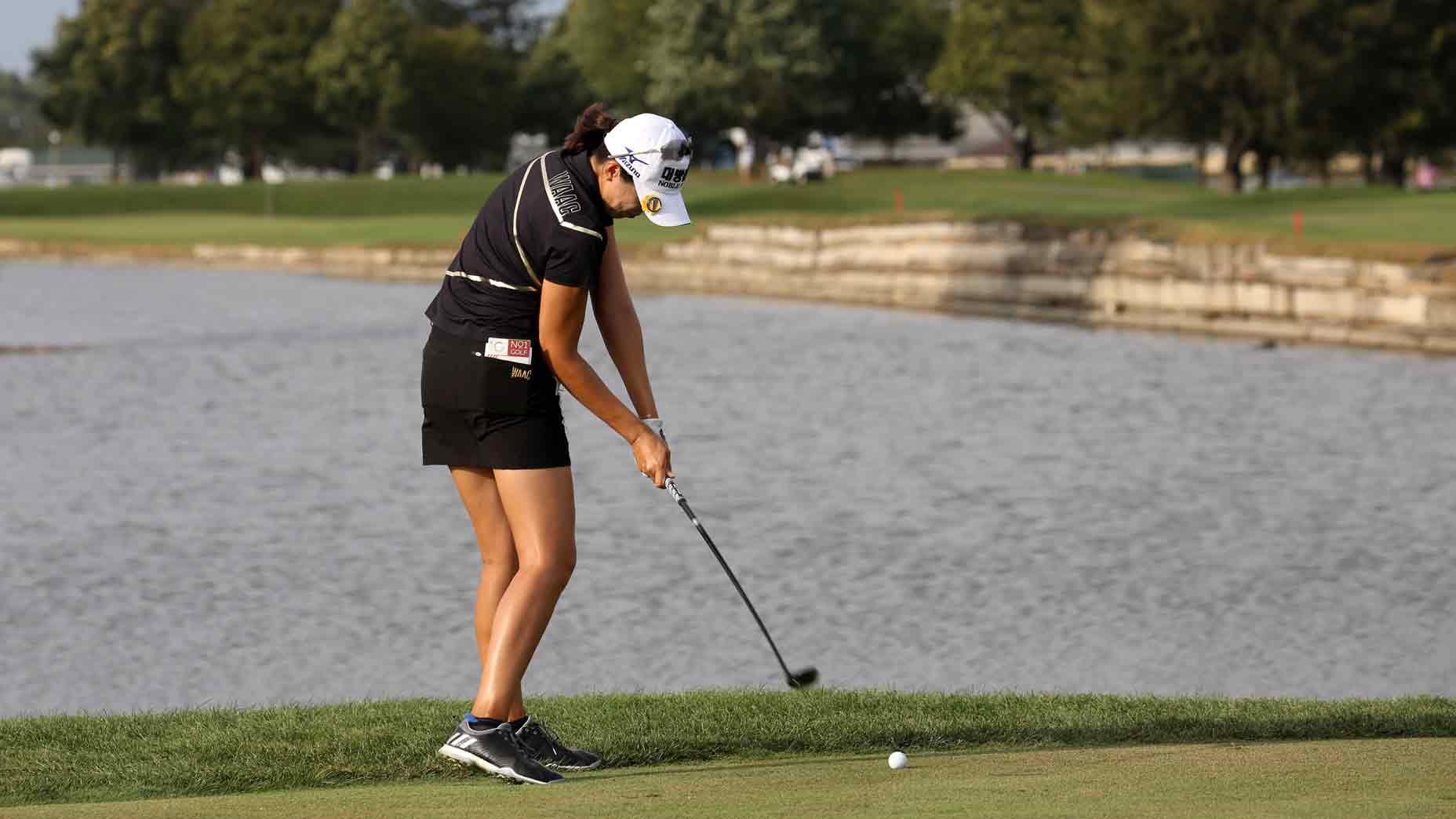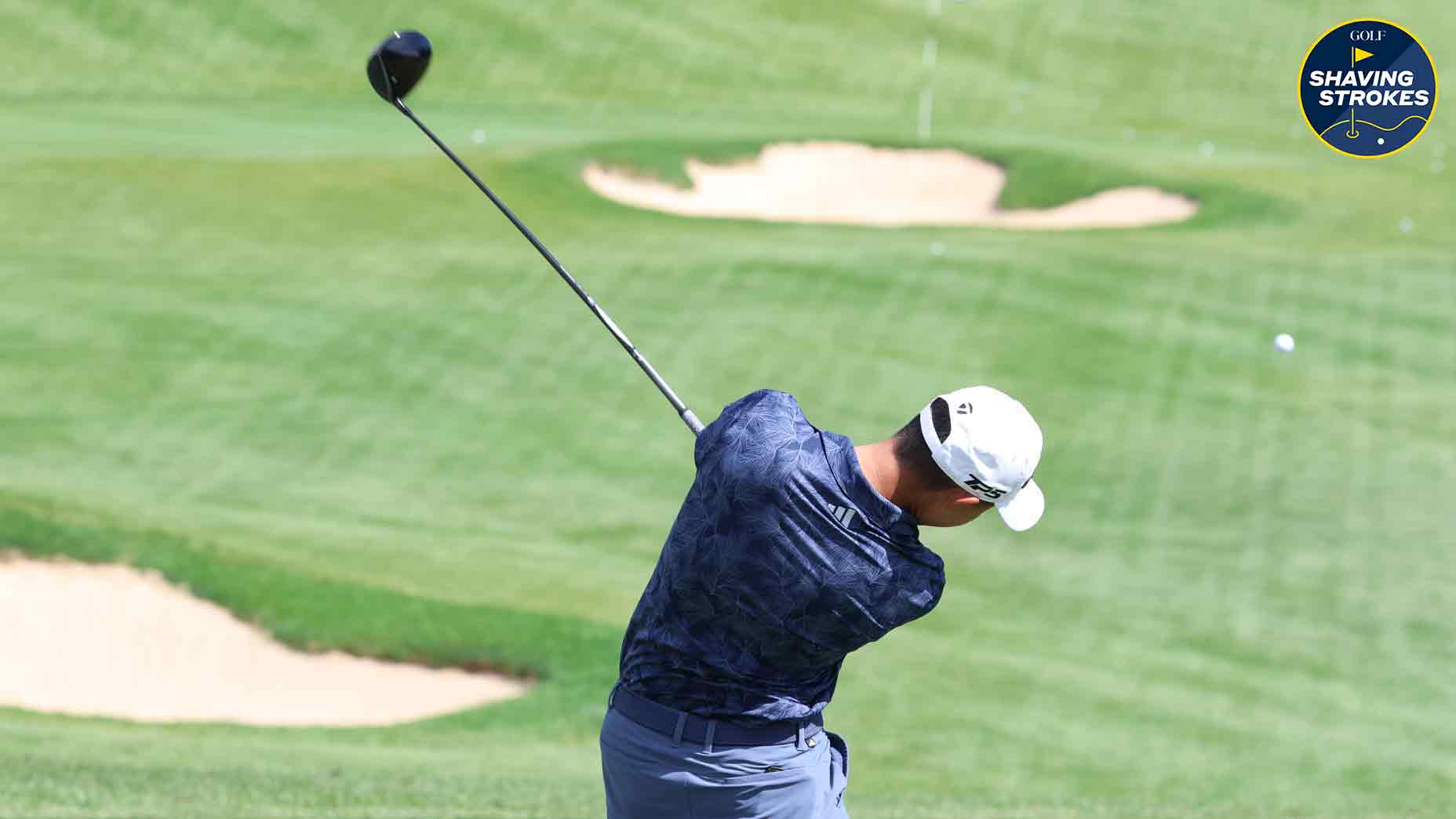10 ways to bury more pressure-packed putts
- Share on Facebook
- Share on Twitter
- Share by Email

When the pressure's on, do you have what it takes to make the putt? With these tips you will.
Getty Images
Whether you’re playing in a local tournament, a club championship, or just trying to beat your friends during 18 holes, sinking putts when the pressure is on will be the difference between winning and losing.
While some players shy away from these moments and have a tough time composing themselves, there are a few ways to overcome anxiety and treat it like it’s just another putt.

True Spec Fitting
How to make more pressure-packed putts
Like everything in golf, you can only control what you can control, so on pressure-packed putts, it’s imperative to accept that and plan for the unknown. Some of that comes from controlling your emotions, while some of it comes from controlling your routine.
To have more success when the pressure is highest, follow these 10 steps.
1. Never use the word ‘should’
Often, simply having the right mentality can make all the difference. So, just because your ball is six inches from the cup, doesn’t mean you should treat it any differently than one that’s six feet from it.
Sure, you should make the shorter one, but clear that word from your head and go earn it.
No matter how short a putt is, treat each putt with the same level of respect and you’ll begin to have more success.
2. Focus on the face
How you square your clubface for any shot is critical to controlling the outcome — and it’s extra important for when you’re looking to bury those pressure-packed putts. So understanding how to properly aim the putter face should be a goal of yours in practice in order to apply it to every round.
A good training aid to help get this feel is the Alignment Ball (available here), which is lightweight and portable, so you can easily stick it in your bag to dial in your short game before you tee off.
3. Green-reading 101
Distance control is typically the most important part of being a good putter, but when the pressure’s on and you need to sink the putt to win or stay ahead in a match, green-reading becomes imperative.
I’m personally a big fan of Aimpoint green-reading, which was founded by Mark Sweeney, and relies on a player using their feet to read a putt.
One of my favorite tactics, especially on short putts, is to straddle the line and try to feel which foot is higher. This gives me a great read on both the tilt and the subsequent break.
4. Stay still
Minimizing body motion is really important when it comes to controlling both distance and direction. Ideally, the majority of motion comes from your arms and your shoulders, your head and lower body moving minimally.
If you struggle staying still, consider turning your toes inward, which helps minimize lower body motion since it restricts motion.
5. Stroke then look
To help you stay still, one of the best habits is completing your stroke (meaning through impact), and then turning your head to look at the shot result. If your putter is moving, I highly suggest that your head not be.
6. Have a finish to hold
Staying still and holding your finish is a good habit to get into, as it helps minimize excess motion and the inclination to move around while finishing your stroke. You see this a lot in good putters, as they stay stable until the stroke is complete.
7. Stay in the moment
It’s so easy to get distracted when you’ve got a pressure-packed putt. All eyes are on you, you’re often thinking about the result, and your nerves can cause you to skip steps in the process. For that reason, stay in the moment and go through your full routine, avoiding any urge to rush.
If anything, require yourself to take a little extra time to prepare, and take a deep breath after setting up to the ball just to gather yourself before executing your shot.
8. Focus on solid contact and a good roll
If you go through your normal routine, you’ve now got to trust the process and live with the result. So once you finish setting up, do your best to focus on just making solid contact and rolling the ball well.
By deflecting your focus on those things rather than the pressure of making the putt, it will help reinforce positive thoughts.
9. Maintain an even stroke
Ideally, your stroke would be even in length, rhythm, and grip pressure — which is what the best putters in the world do to maintain consistent results. When doing this, you have more control of the speed and distance.
So a good distance control drill is setting up balls in three-foot increments, then starting with the shorter putts and working back towards the longer putts — making sure you adjust your stroke size and naturally swinging the putter to control distance.
10. Set realistic expectations
Every pressure-packed putt is going to cause some nerves, but you need to be realistic when it comes to your expectations. For instance, you’re more likely to bury a five-footer than you are, say, a 35-footer.
The one thing you can control is your distance and getting the ball to slow down near the hole, which will give you a much greater chance at seeing it drop into the cup — regardless of how short or how long the putt is.

Perfect Putting Mat™ – XL Edition
$199.99
View Product
Latest In Instruction

Golf.com

Nick Dimengo
Golf.com Editor

